If you are getting ready to go on your first day hike, then you are probably wondering what kind of hiking gear you will need as well as what you have to take into consideration before you set off.
This day hiking essentials list should help you plan out what you will need in your hiking backpack and how you are going to be using it.
So, without further delay, let’s get into what essential gear you need to bring to be part of the hiking community and get you off to a great start.
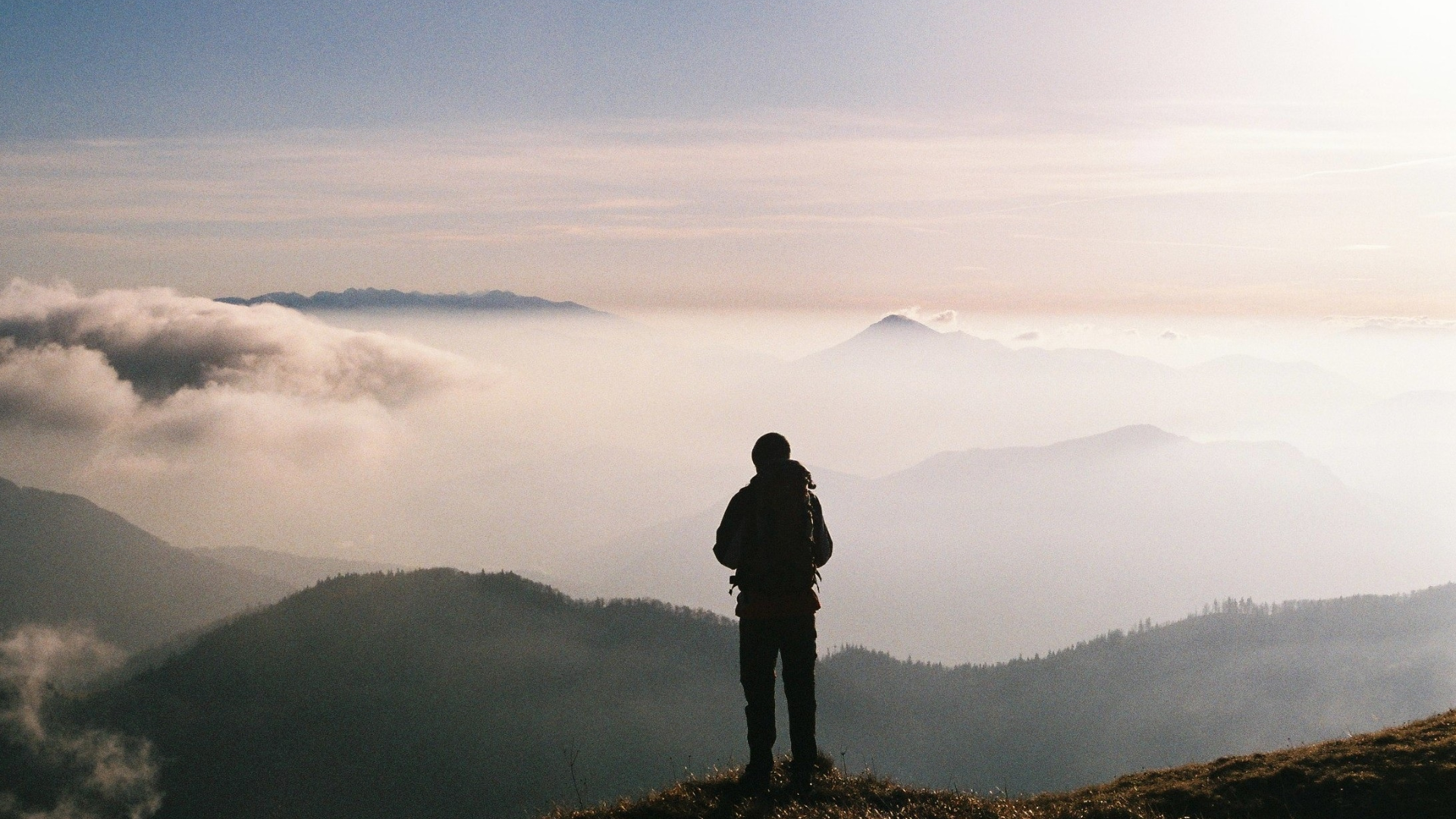
How to Know What to Bring on a Day Hike
When you are deciding what you will need to bring when you go day hiking, you have to take into account how long you will be going for and what the weather forecasts are saying.
This will help you decide what type of hiking gear you will need, for instance, if it looks like it will be raining, you need to bring a waterproof bag, waterproof hiking boots, a rain jacket, hiking pants that will deflect water, etc.
You never know how the weather can change once you are there, and the higher up you go the weather will shift so you have to be prepared.
Decide Which Season Would Be Best
Summer hikes might be more in tune with what you are looking for and you won’t need to bring too much on your day hikes, but, if you are prepared ahead of time and factor in what could change, you won’t get mad at yourself for forgetting your sun protection or for putting on the wrong hiking footwear.

Think About The Backpack
Whatever hiking trip you are going on, a backpack is an essential hiking gear item.
It will carry everything you need from bear spray to your basic first aid kit, so you need to make sure that it can handle everything that you will be putting inside it and you won’t have to trek back down if it breaks.
Think About
- Pockets – do you have enough and are they in all the right places?
- Straps – are there chest and waist straps to keep everything in place?
- Material – is it breathable and waterproof?
- Features – does it have clips for trekking poles/hiking poles?
- Water bottles – can you fit them in so you don’t have to hide them? (can get tricky if you are holding trekking poles in each hand).
Take a look online or in your local hiking equipment store, you don’t want to rush a purchase like this, especially if you are planning on going day hiking a lot and will be taking it everywhere with you.
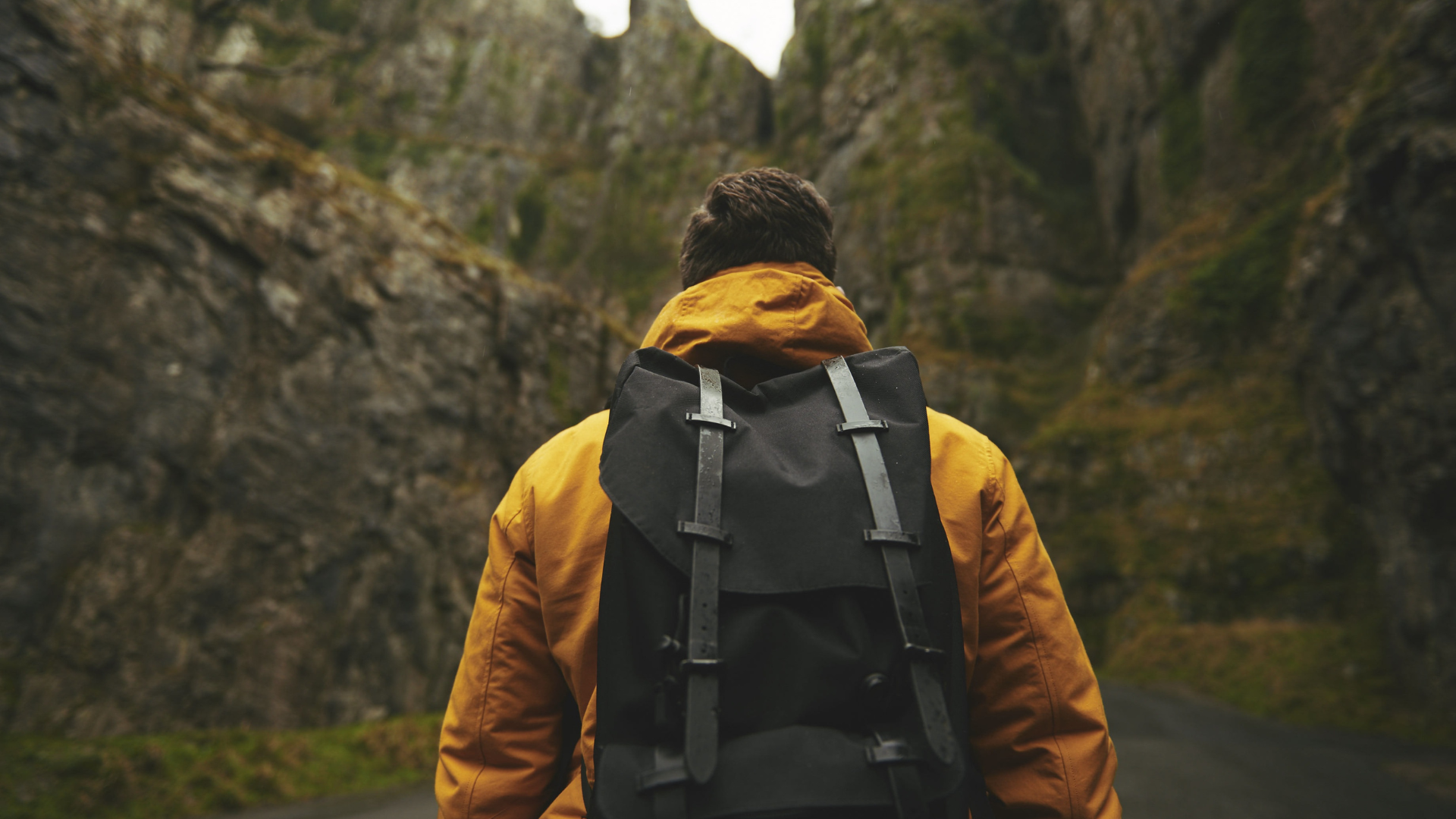
What Happens if You Need to Stay For The Night?
It may not happen, but, if you are on your day hike and it turns into you staying overnight, either due to bad weather blocking your path down, or you have hurt yourself and can’t make it back until visibility has improved, then you will need to think about overnight shelter.
What Should You Pack?
Pack a sleeping bag, toilet paper, emergency blanket, and emergency shelter, as well as a satellite phone that can be used to contact people just in case.
This will add to your weight, however, you can get this in easy-to-pack form so that it opens out into something you can use.
Hiking equipment suppliers are aware of this, so hiking gear has been created to factor in this possibility.
Add these items to your hiking packing list so you don’t gloss over them, it is always important to have a ‘just in case’ and the toilet paper may come in handy for a day hike anyway, so don’t rule it out.
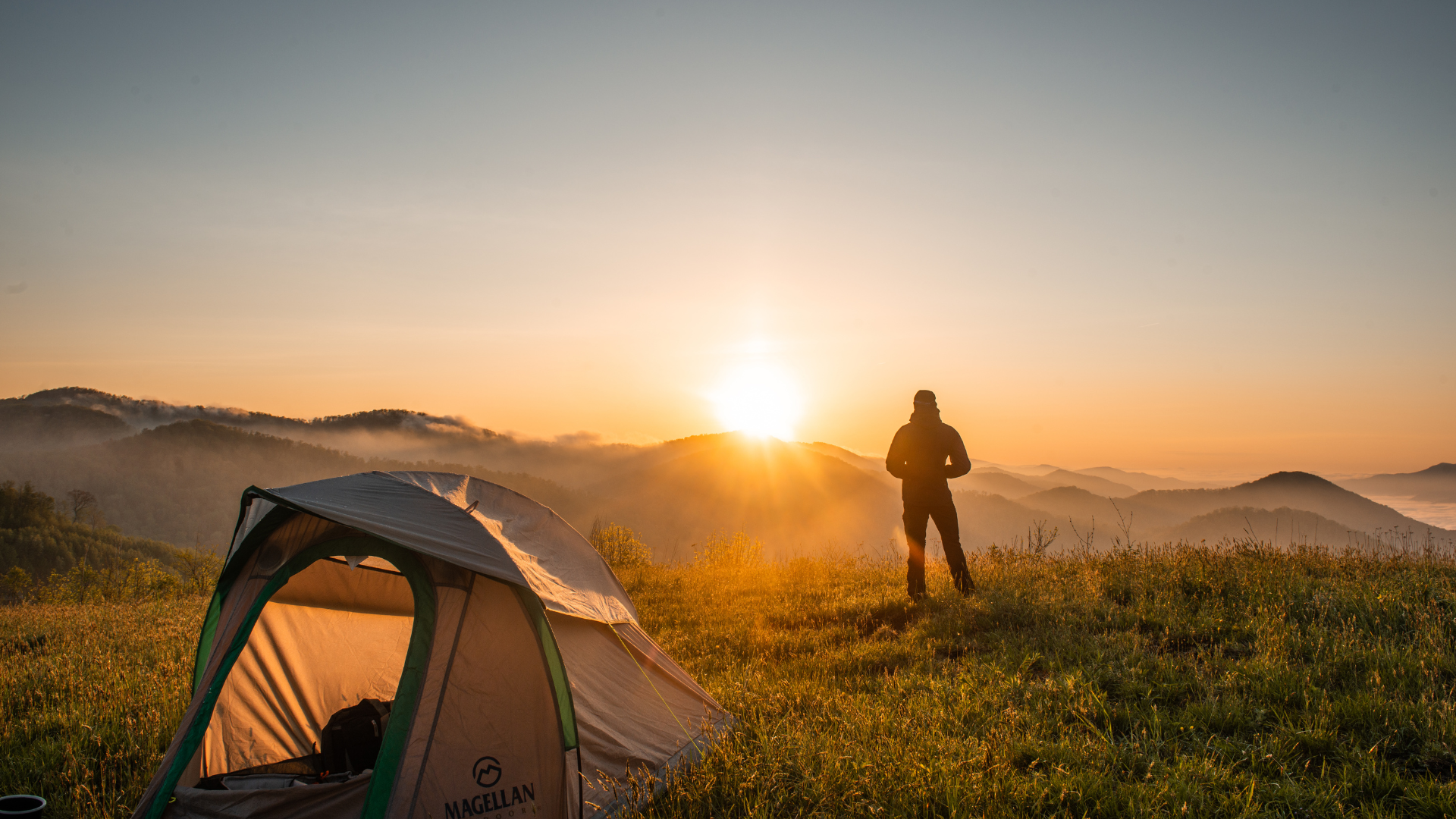
Your Essential Day Hiking Gear
Once you know what type of things you want to bring on your hike, and what to do in case of an emergency.
It is time to plan out your day hiking checklist to make sure that you have all the outdoor gear you need when you grab your backpack and trekking poles and go out there.
First Aid Kit
This is always an essential item for your hike.
A first aid kit will be there for you when you need it most, you never know what could happen when hiking, you may fall down and cut yourself or you could break something (thinking of the extreme), so make sure you have one with all you need packed away.
What Should Be In It?
Bring with you – sun protection, antiseptic wipes, different-sized plasters, antibacterial ointment, medical tape, ibuprofen/paracetamol, sting treatment, and any other medication that you need to take.
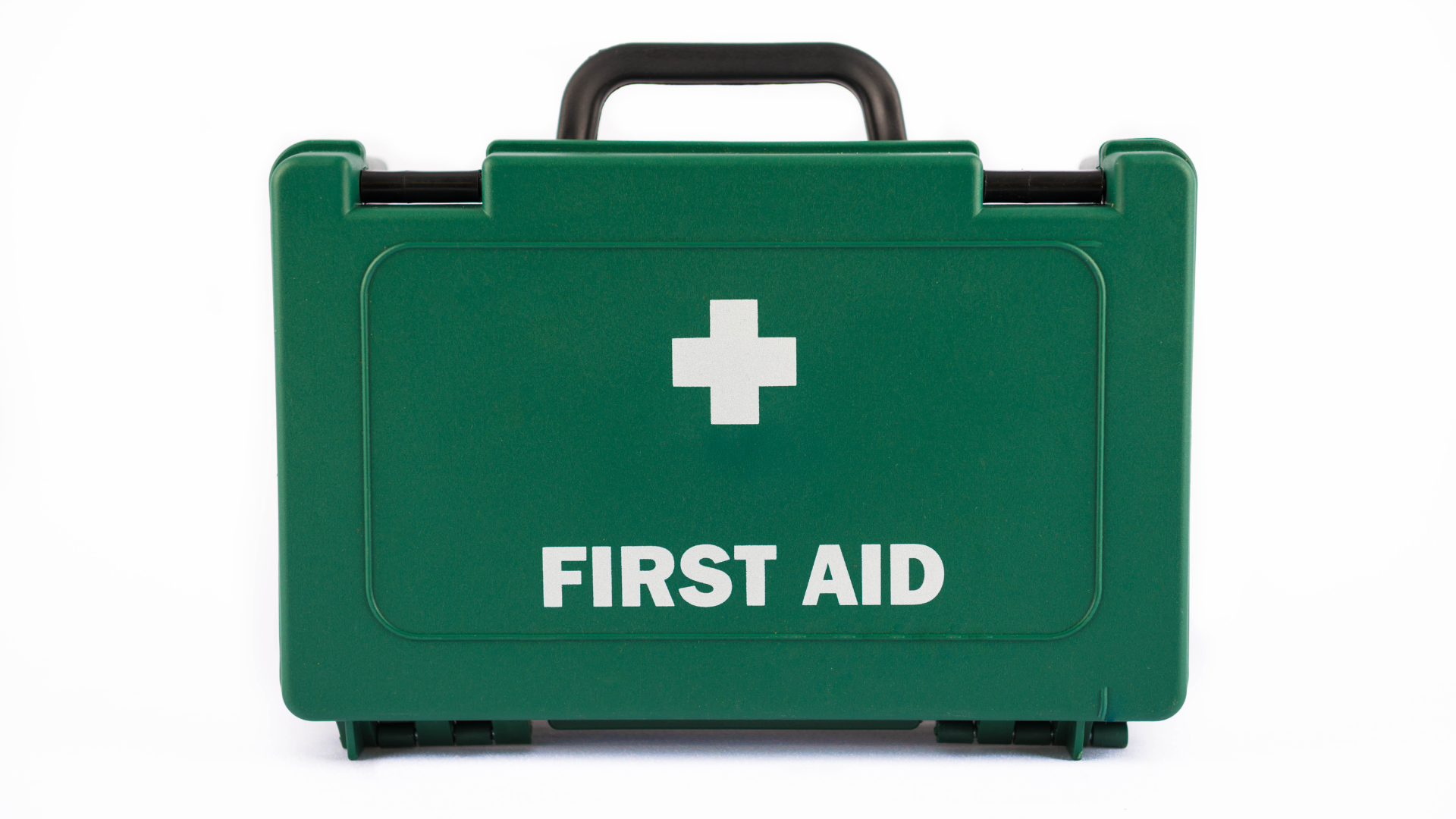
Hiking Shoes/Boots
The shoes you bring with you hiking make all the difference.
You will be on your feet a lot, and depending on the terrain, you will need hiking shoes that will support your feet and keep them protected from the elements and any pain.
What Type Would Be Best?
If you are following smooth trails or you are going for a gentle hike that you know what be too strenuous, then you might want to bring lightweight hiking shoes or trail runners as they won’t be too heavy and will give you a whole range of movement.
Rugged treks will require heavy-duty hiking boots as they will provide more support to the sole of the foot and keep it protected from rough ground.
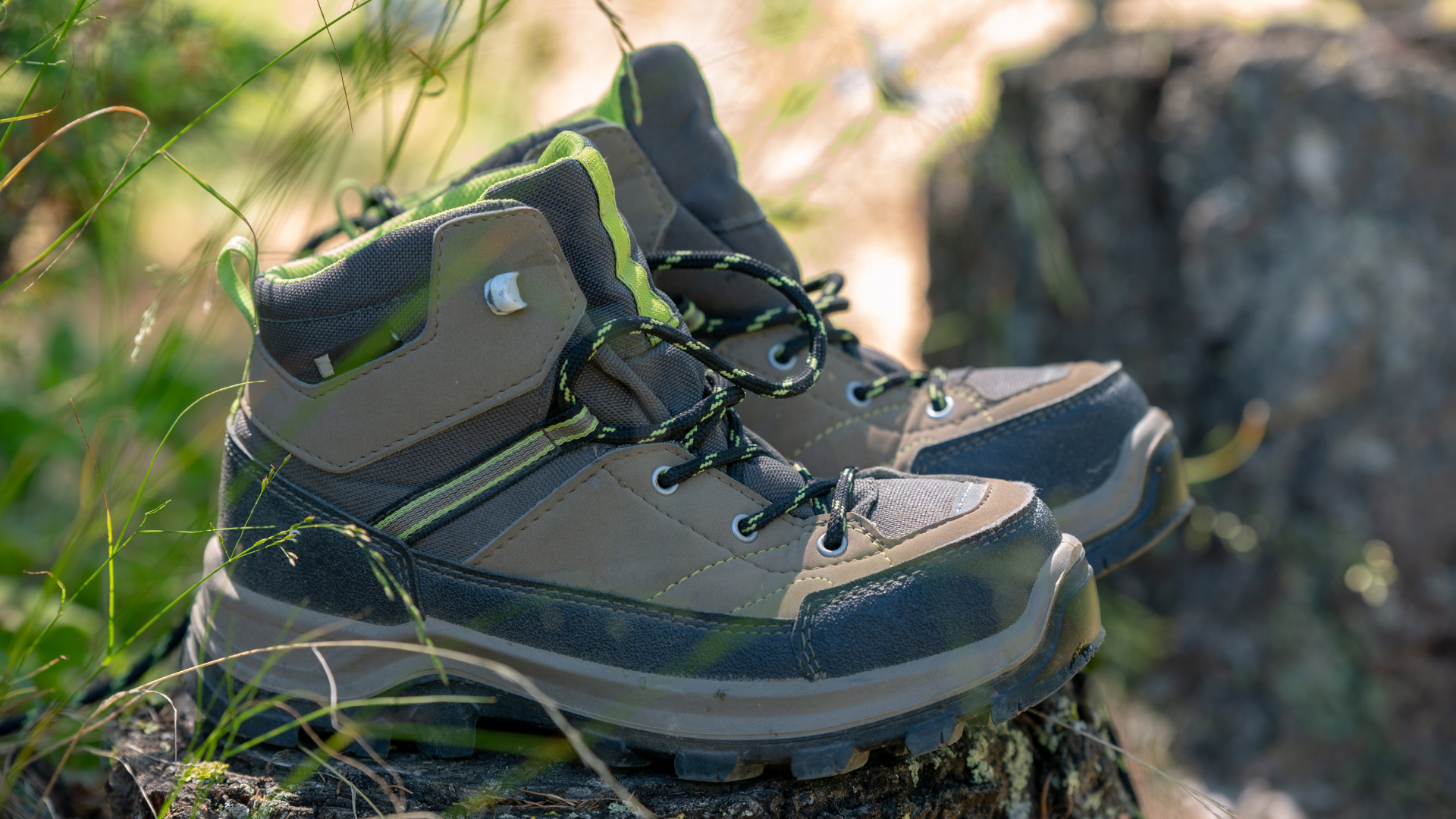
Water Bottles
You can’t exactly bring tons of water bottles for your hike, but you should be bringing a good sturdy water bottle that will give you the hydration you need to keep yourself going and stop you from feeling unwell.
How Much Water Do You Need?
You should be carrying around 0.5L of water for your hike for every hour of your hiking.
If you are going during a time when it is hot, then you will have to double that as you will be sweating a lot and losing water more rapidly, it is important that you replace it.
If you are planning on longer hikes then a 3L hydration reservoir would be best, despite how heavy it sounds, it can be quite lightweight so won’t be too bad for you to handle.
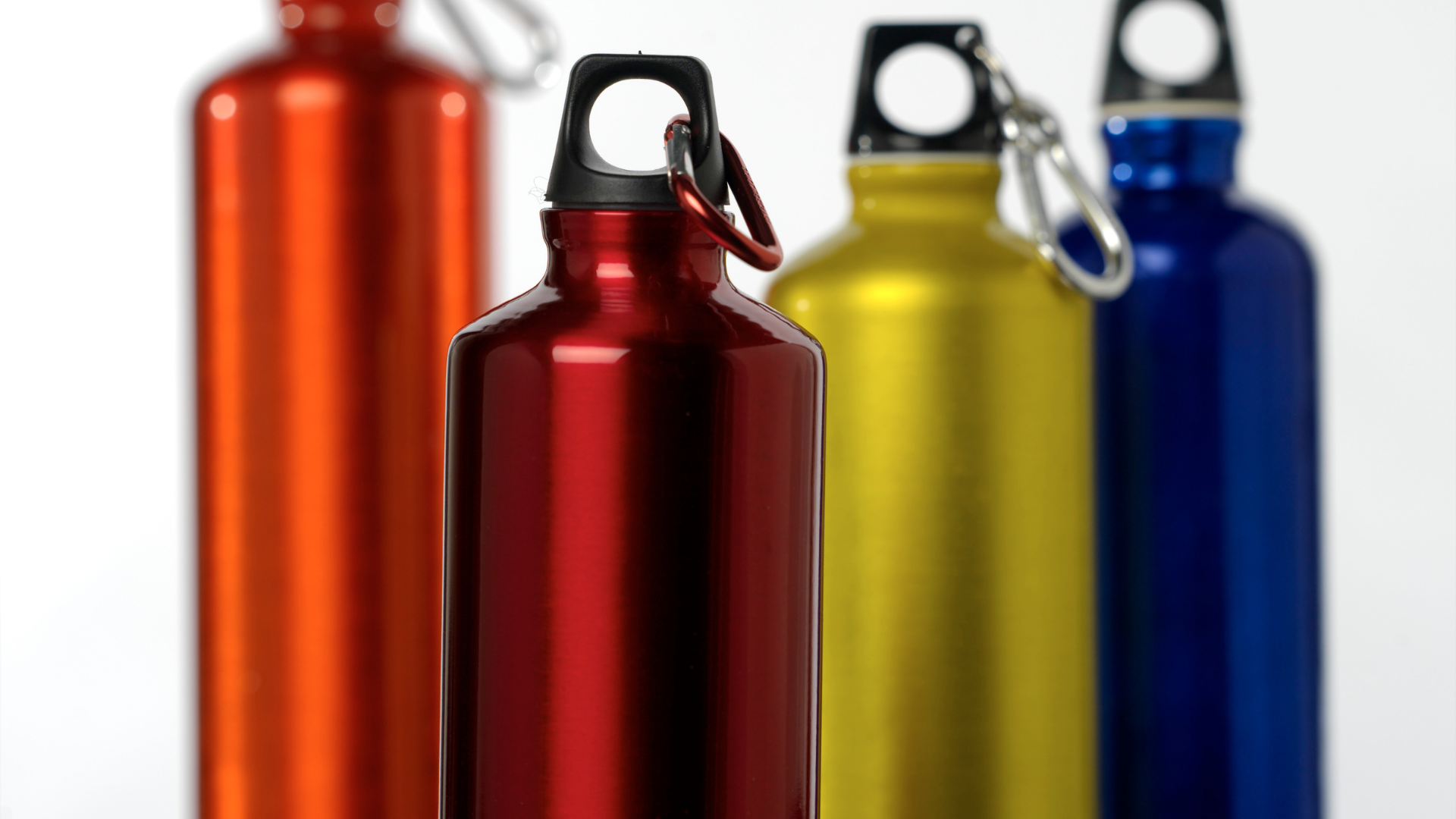
Extra Layers
The weather will change and you could find yourself colder or wetter than you were at that start.
Extra layers will be better for you and it saves you from having to turn back or ruining your hike because you didn’t think the weather situation through properly.
What Should You Bring?
Pack a pullover that is lightweight, as well as a rain jacket (if you haven’t already got one).
If it is a bit colder, then you could pop in a fleece jacket to warm you up as you get higher and it gets later in the day.
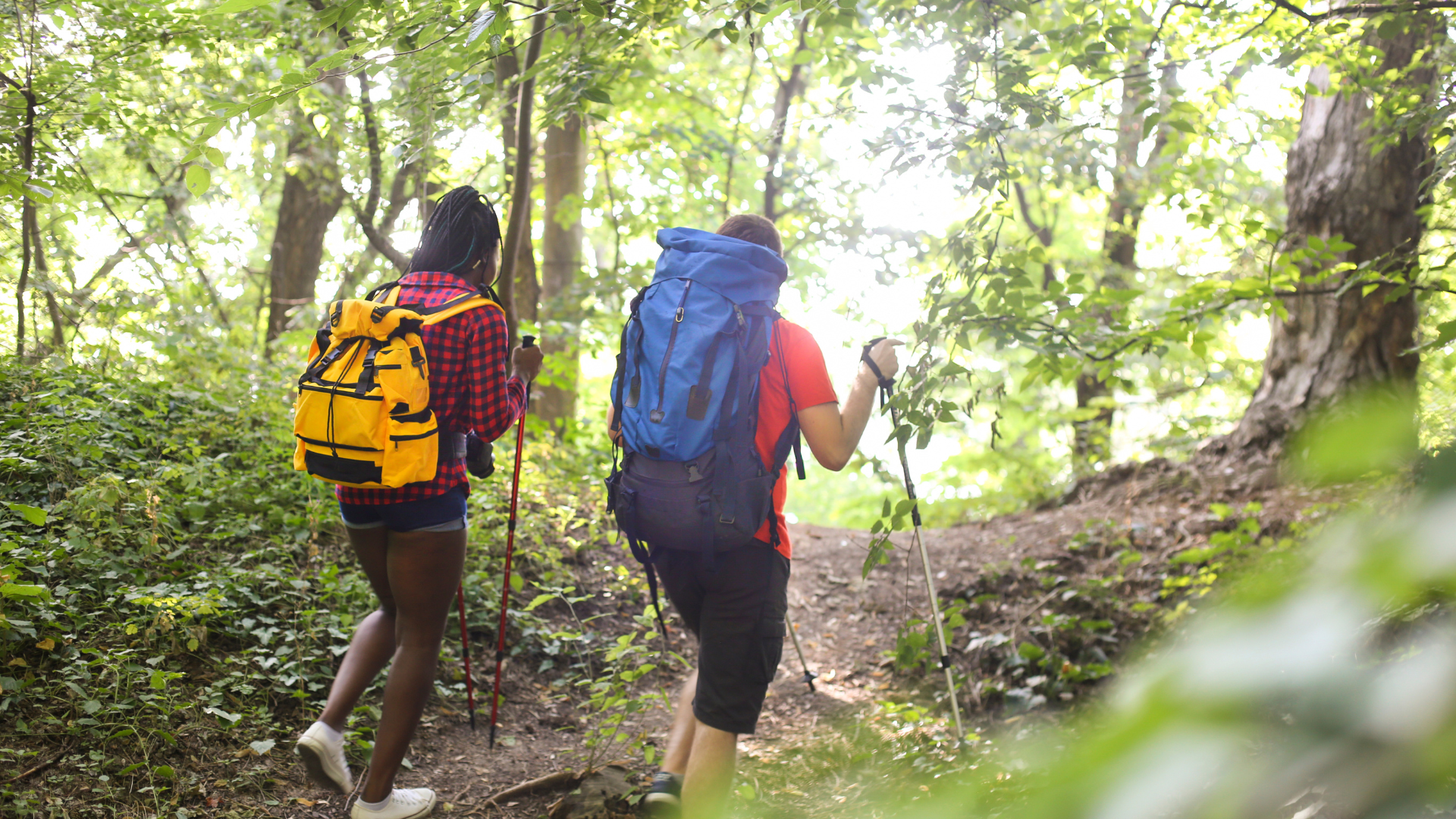
Navigation
First time hiking and your first time on a trail, you might not know where you are going.
If you are going with someone who is seasoned at this and knows exactly where you are going, then this can help you a lot, however, whether they know or not, it is still good to have some navigation with you just in case you have to go an alternative route.
What Will You Need?
An actual map can be helpful, but you may also want to download a digital map as they are more detailed and can help you plan out exactly where you need to go in real-time as it factors in what is around you.
Going solo can be exciting, but when you are alone, you need to be aware of what that means and how you can make it as safe as possible.
Navigation equipment is essential.
There Are a Variety On The Market
There are expensive and budget navigation equipment, you just need to figure out which one would be best for you and your hikes.
The more expensive types would be best if you are planning on doing this a lot more and you want to try all sorts of hikes.
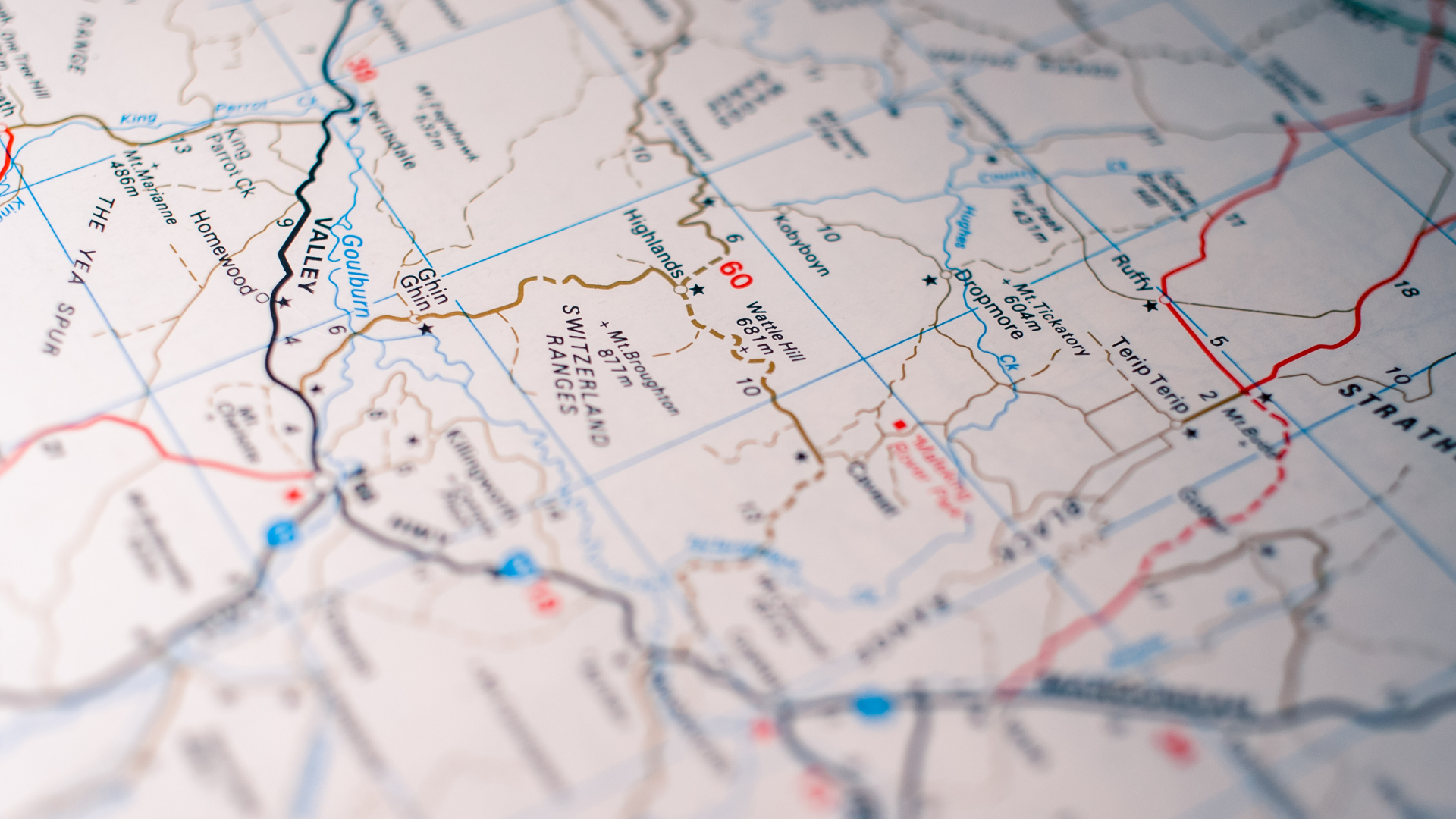
Nutrition
You won’t be on a mountain or trail and see a cafe tucked away, or you might, you never know, so it is important that you bring with you the nutrition you need to fuel your hikes and keep you energised at all times.
What Food Is Best?
Bring with you protein bars like Cliff Bars as they will have the fibre, carbs, and protein that will keep you going.
You may also want to bring nuts with you or some fruit bars, which give you a hit of sugar and fat that you need.
Just don’t leave any wrappers behind, not only is it bad for the environment but it makes the area look horrible and it can hurt wildlife too.

Money and Identification
Just in case is always a good mindset to have, you don’t know what could happen on your hike or what you could come across, so bring with you money (in case you have to go into a shop), as well as identification in case you need to identify yourself at any point.
What Type of Identification Should You Bring?
Bring with you your driver’s license, credit cards, and insurance cards when outdoors, also just a bit of spare cash, not too much that will weigh you down, focus on just bringing the notes you need.
These aren’t typically essential gear, but they can still help you if you need them.

Walkie Talkies
You might need to communicate with people down below, or you might need to talk with the person you are hiking with, especially if you split up for any reason.
What Kind Should You Buy?
There are a lot of different kinds of walkie-talkies that you can use, just make sure that they have a good range and will be able to keep you connected to the other one at all times.
Put in fresh batteries before you leave, and potentially bring some spare if you think they would come in useful.
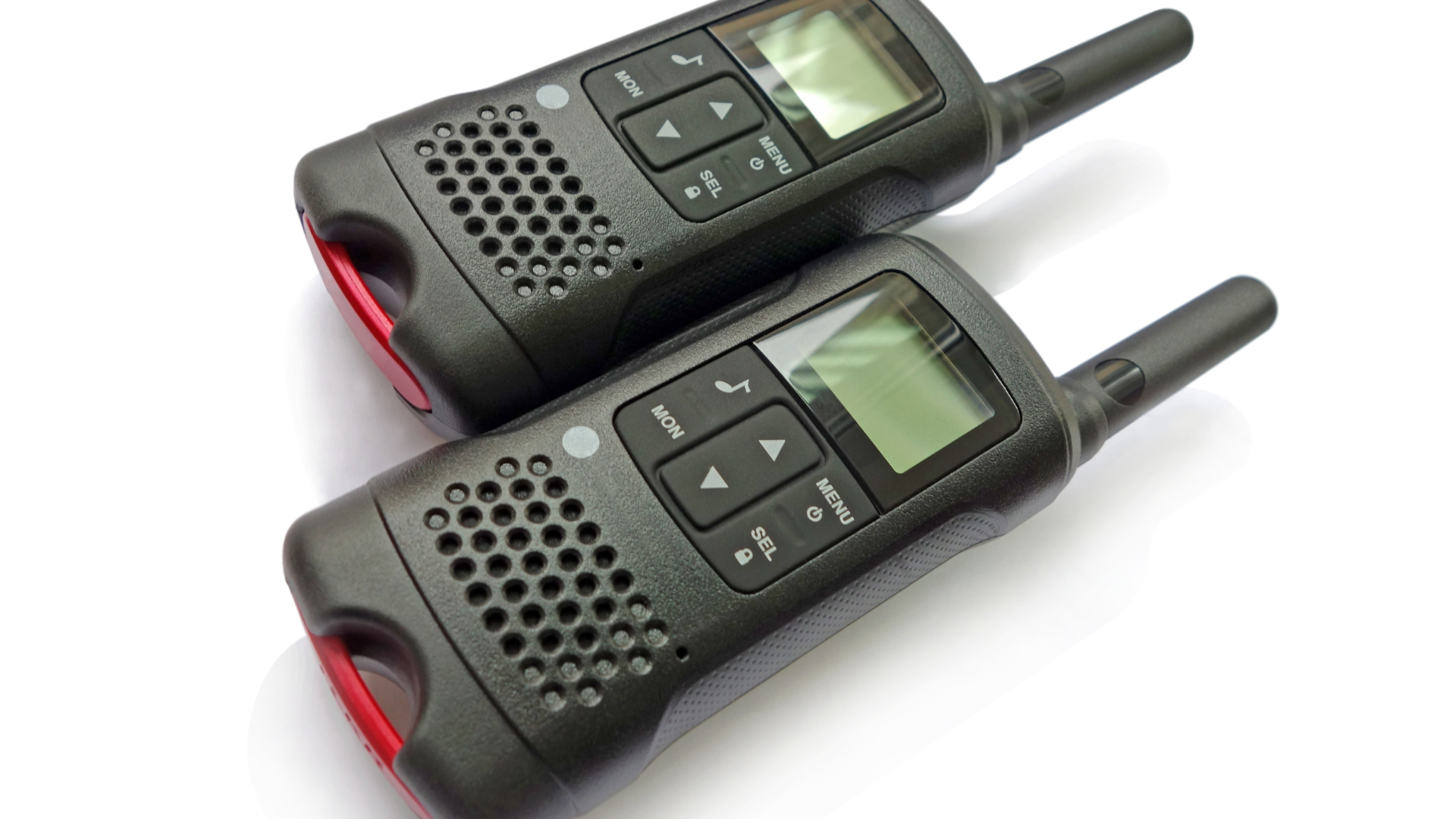
Conclusion
Are you happy with what to bring on a hike, and do you feel confident about going out there?
Hopefully, you now do and you are raring to go, just remember to be vigilant and put your safety first.
If the weather reports are saying that there may be some disruptions, don’t just go because you want to, this can put you at a disadvantage no matter how confident you are.
Pace yourself and do it because you know it will be enjoyable, not because you think you should be doing it.
